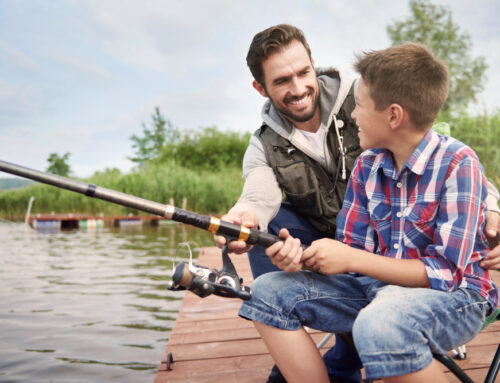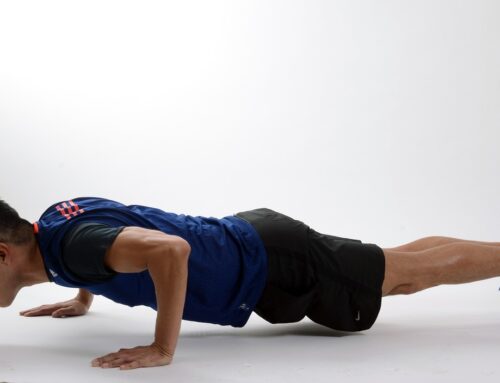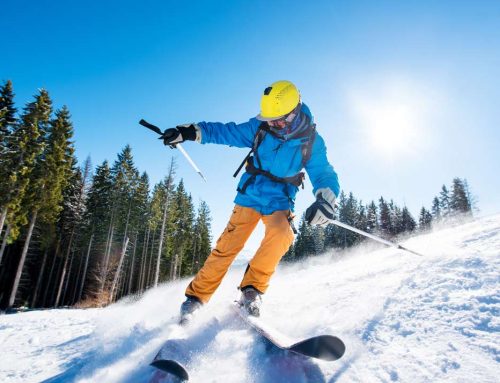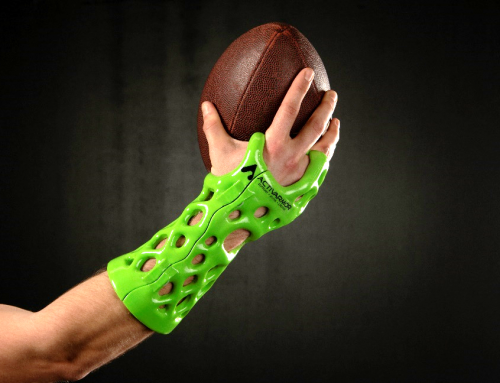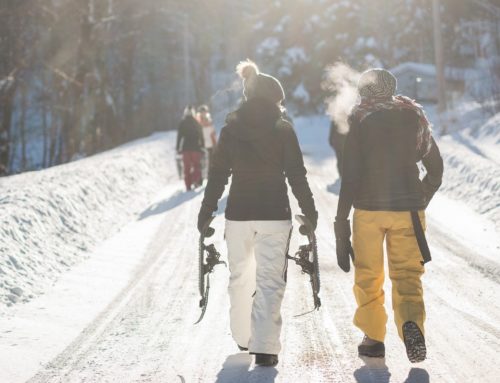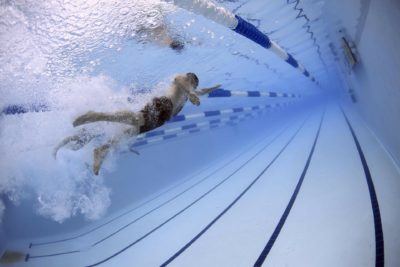 Summer is a period where more and more of us take to the water here in Western Washington. This presents many opportunities for fun and recreation, but it also has some unique risks.
Summer is a period where more and more of us take to the water here in Western Washington. This presents many opportunities for fun and recreation, but it also has some unique risks.
Drowning and near drowning (non-fatal submersion injury) is far more common than we think.
The CDC states that on average there were 3,536 fatal unintentional drowning incidents per year that were not related to boating between 2005 and 2014. There were an average of 332 additional deaths per year from drowning related to boating during that same period. There are even more people who suffered non-fatal submersion injuries which can have debilitating, life altering effects. There are many aspects to staying safe in and around the water. A few good starting points are to have a buddy with you, make sure children are supervised, and have the ability to rescue those in need (e.g. skills and floatation devices). There are many safety considerations around natural water sources. At a minimum, have a US Coast Guard approved personal flotation device (PFD) available. In situations where someone cannot touch the bottom of the water they are in and keep their head reliably out of the water, where there are risks posed by currents, or other situations posing risks of inadvertent submersion, participants should be wearing a PFD. For more information and safety recommendations go to websites for the Centers for Disease Control and Prevention, and the Washington State Department of Health.
Boating presents multiple avenues for potential injury.
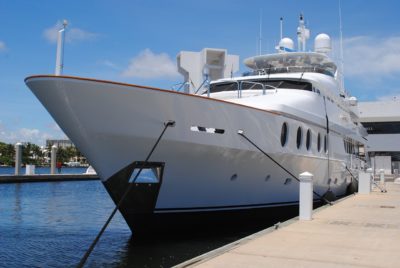
Two of the most common that I have seen are crush type injuries, and hyperextension or reaching type injuries. It only takes a moment to have an action turn into harm to yourself or others. Even small watercraft can have a lot of weight to them. Putting a hand or foot out to slow or stop a boat at the dock or to try and prevent a collision with something else can result in a significant crushing or similar kind of injury. By the same token, reaching out to grab something outside the craft, can result in being pulled out of the craft itself or having a twisting or hyperextension injury. The best way to prevent these types of injuries is slow, smooth, and skilled operation of the watercraft itself when in these situations, and not to have anyone use their body when a better tool is a bumper or line (rope). More information is available from the US Coast Guard and the Washington State Recreation and Conservation Office.
There are almost limitless opportunities for fun and recreation in Western Washington. A key draw are the abundant waterways our region has. Enjoy them and stay safe!

